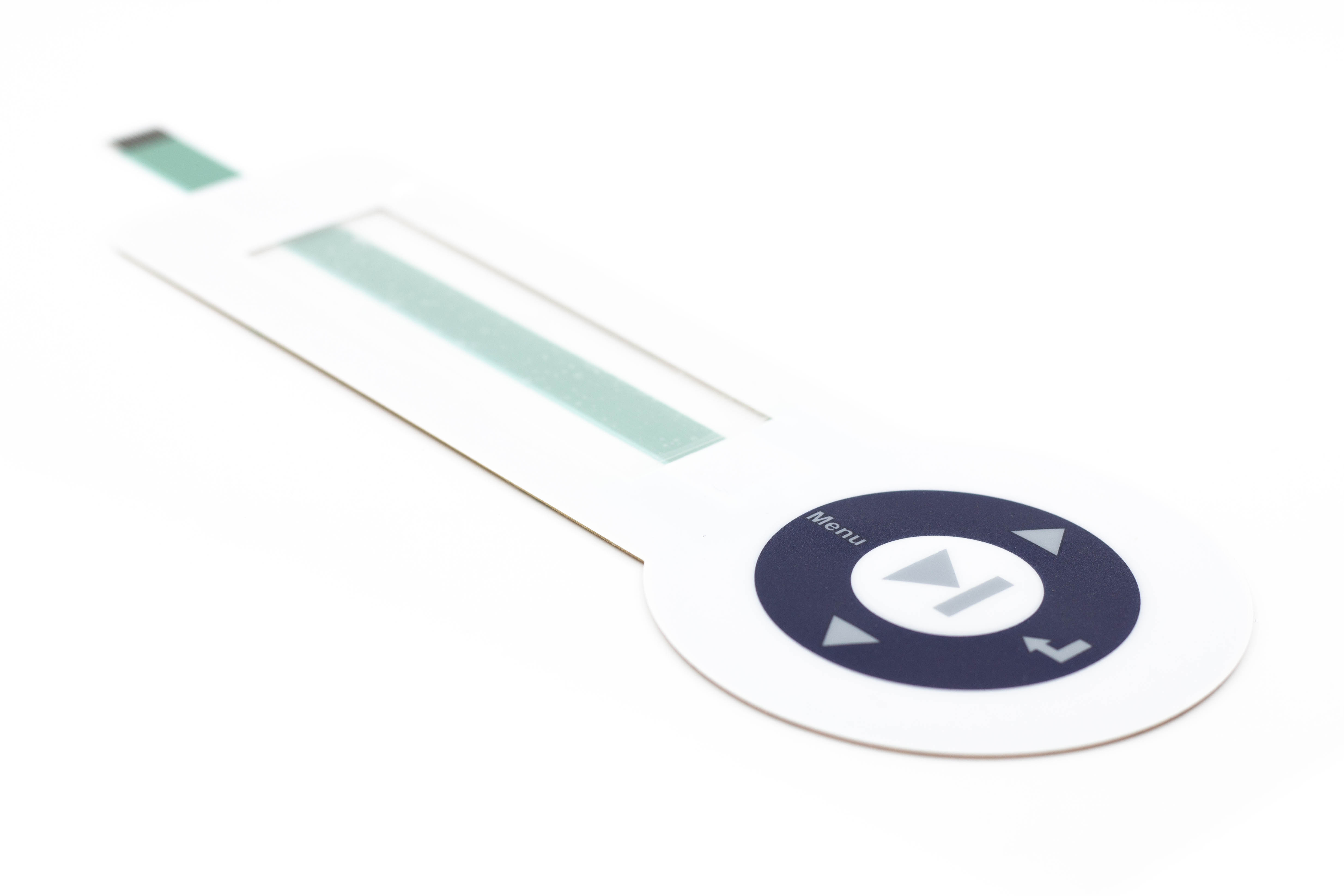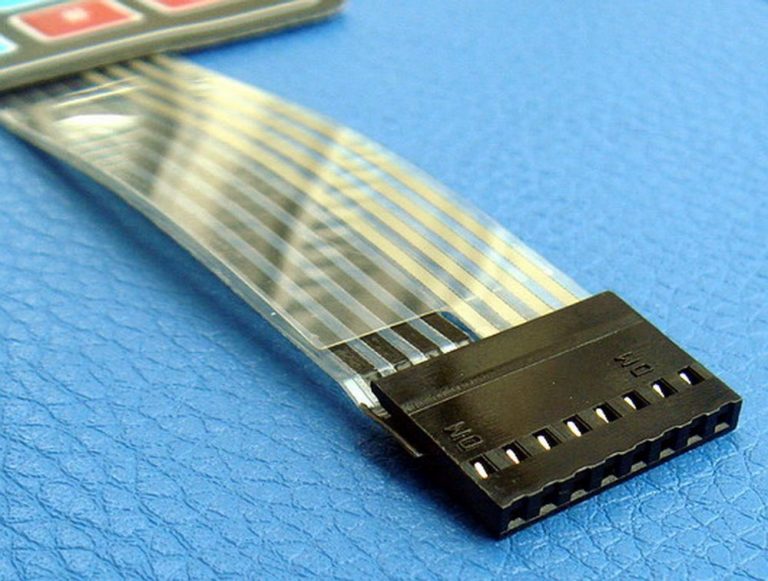How Membrane Switches Are Used in Medical Devices and Equipment
Discover How Membrane Switches Function and Their Function in Modern Electronic Devices
Membrane Switches stand for a sophisticated integration of innovation and layout within the realm of modern electronics, offering as necessary interfaces in countless devices. Comprised of numerous layers, these buttons utilize pressure-sensitive devices to assist in user communication. Their applications extend numerous markets, from customer electronic devices to medical tools, highlighting their adaptability and significance. Comprehending the complexities of Membrane button functionality and their broader implications in boosting user experience welcomes more expedition right into their layout, benefits, and the ingenious developments forming their future in technology.
What Are Membrane Switches?

Membrane buttons are differentiated by their longevity and resistance to environmental elements, such as dust, moisture, and severe temperature levels. They can be tailored with different graphics, colors, and tactile feedback alternatives, improving customer experience while maintaining visual appeal - membrane switches. Additionally, the incorporation of printed circuits permits seamless assimilation right into tools, enhancing total performance.
The adaptability of Membrane buttons is obvious in their capacity to sustain both basic and intricate control features. They can integrate features such as LED indicators and touch-sensitive innovation, accommodating particular individual requirements. As innovation proceeds to evolve, Membrane Switches continue to be crucial for enabling efficient and user-friendly interface, therefore playing a critical function in the advancement of modern-day electronic gadgets.
Parts of Membrane Switches
Membrane buttons are made up of several crucial components that interact to produce a reliable and practical interface. The key aspects include the visuals overlay, glue layer, spacer layer, and conductive traces.
The graphic overlay acts as the interface, commonly published on a versatile substratum such as polyester or polycarbonate. This layer not only offers aesthetic appeal yet likewise includes responsive feedback, visual cues, and protective attributes. Beneath the graphic overlay exists the adhesive layer, which safeguards the button to the tool and makes sure toughness versus environmental tensions.
The spacer layer is important for keeping the necessary space between the visuals overlay and the circuit layer. This gap enables the activation of the button when pressure is used. The conductive traces, typically made from silver or carbon, develop the electrical paths that complete the circuit when the switch is involved.
Furthermore, a backing layer may be included for architectural assistance and insulation. These components work together flawlessly, ensuring that Membrane switches are both user-friendly and resilient, making them important in different modern digital applications.
How Membrane Switches Work
Exactly how do Membrane Switches function successfully within digital gadgets? Membrane Switches run on the principles of pressure-sensitive modern technology, utilizing a layered building that consists of visuals overlays, sticky layers, and conductive components. When a user applies stress to the button, the leading layer flaws, permitting the conductive components below to make get in touch with and finish an electric circuit. This action sets off the preferred function within the gadget.
The style of Membrane buttons is crucial for their effective operation (membrane switches). The layers are carefully engineered to give responsive responses, sturdiness, and resistance to environmental factors such as moisture and dirt. The addition of domes-- little, raised locations within the websites button-- boosts tactile response, giving customers with a noticeable click sensation upon activation
Furthermore, Membrane buttons can be personalized in regards to size, form, and graphics, making them appropriate for various applications. They are frequently made use of in control panels, medical devices, and customer electronic devices because of their sleek layout and integrity. Overall, the reliable functioning of Membrane switches is critical in enhancing individual interaction and making sure seamless operation in modern digital gadgets.

Applications in Modern Devices
Utilizing their special layout and performance, Membrane switches have actually become indispensable components in a wide variety of contemporary digital tools. These versatile interfaces are utilized in customer electronic devices, commercial equipment, clinical tools, and automotive controls, offering smooth user communication.
In customer electronic devices, Membrane buttons are commonly found in appliances like microwaves, washing makers, and various other household gadgets, where they enable user-friendly control with a smooth account. Their inconspicuous style promotes assimilation right into portable gadgets, boosting visual allure without endangering performance.
In commercial applications, Membrane Switches function as control board for machinery, offering sturdiness and resistance to extreme atmospheres. Their capability to endure wetness and impurities makes them excellent for usage in production and handling markets.
Medical gadgets additionally take advantage of Membrane switches, which are created to be very easy to tidy and preserve, guaranteeing health in professional settings. They are frequently used in analysis devices, client tracking systems, and mobile clinical gadgets, where reliability is paramount.
Benefits of Membrane Switches
Among the essential benefits of Membrane switches is their convenience, which enables them to be tailored for a variety of applications across numerous industries. These buttons can be designed in numerous sizes and shapes, fitting unique product demands while providing seamless assimilation into devices. Their slim profile enables a portable and sleek layout, frequently enhancing the visual appeal of electronic items.
Another considerable advantage is their longevity - membrane switches. Membrane switches are commonly resistant to dust, dampness, and chemicals, making them perfect for extreme environments. This durability extends their lifespan compared to typical mechanical buttons, minimizing the need for frequent replacements
Furthermore, Membrane Switches offer cost-effectiveness. The production procedure entails printing technologies that decrease production expenses, particularly for large runs. This affordability, combined with low maintenance demands, makes them an eye-catching option for manufacturers.

Verdict
In final thought, Membrane Switches stand for a substantial advancement in customer interface modern technology within contemporary electronic devices. As the demand for instinctive and resistant user interfaces proceeds to expand, the role you can check here of Membrane switches in shaping customer experience will certainly broaden.
Membrane Switches represent a sophisticated assimilation of innovation and layout within the world of modern electronic devices, offering as important interfaces in numerous tools.In the world of modern electronic devices, Membrane Switches serve as crucial components that promote individual communication with gadgets. As modern technology proceeds to advance, Membrane Switches advice remain vital for enabling reliable and user-friendly user interfaces, therefore playing a critical duty in the development of contemporary digital tools.
Exactly how do Membrane Switches function properly within electronic devices? Generally, the reliable functioning of Membrane switches is crucial in enhancing individual communication and guaranteeing seamless operation in contemporary digital gadgets.